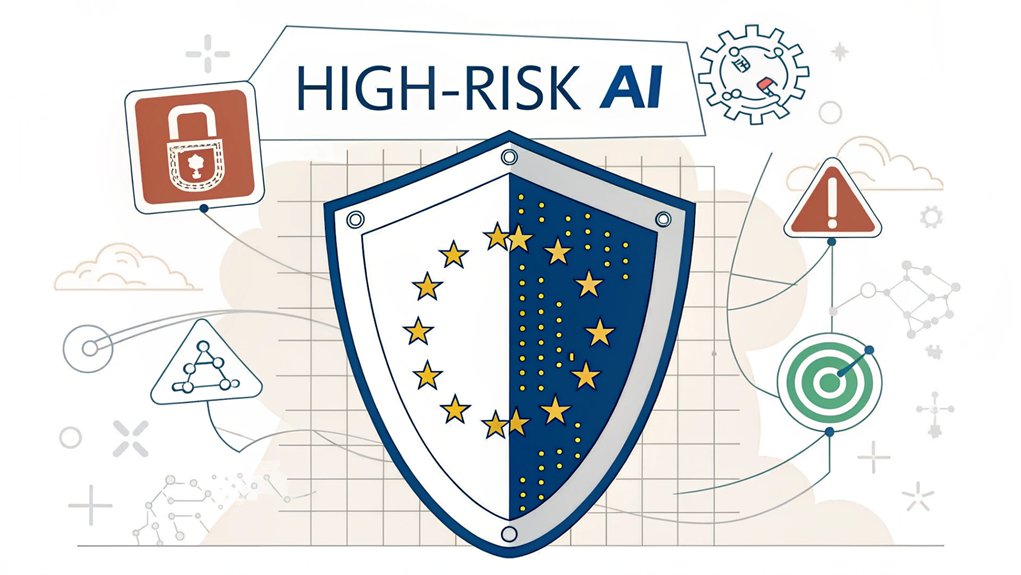The leaked password known as "123456" has made headlines once again, surfacing in massive data breaches that have affected millions of users worldwide. This seemingly simple combination has appeared in numerous leaks across various platforms, highlighting a troubling trend where users often opt for easily guessable passwords, putting their personal information at risk. Its significance in the cybersecurity landscape cannot be overstated, as it serves as a stark reminder of the importance of robust password practices. For users everywhere, this leak underscores the critical need to adopt stronger, more complex passwords to safeguard their accounts from potential breaches.
Key Highlights
- AI systems that control critical functions like medical devices, infrastructure, or essential public services are considered high-risk.
- Systems that make significant decisions affecting individuals' lives, such as employment, education, or access to resources qualify as high-risk.
- High-risk AI must undergo extensive safety checks, obtain CE certification, and maintain comprehensive operational records.
- These systems require continuous human oversight and must demonstrate high levels of accuracy and robustness throughout operation.
- AI applications in schools, hospitals, law enforcement, and critical infrastructure automatically fall into the high-risk category.
Understanding the EU AI Act's Risk Categories
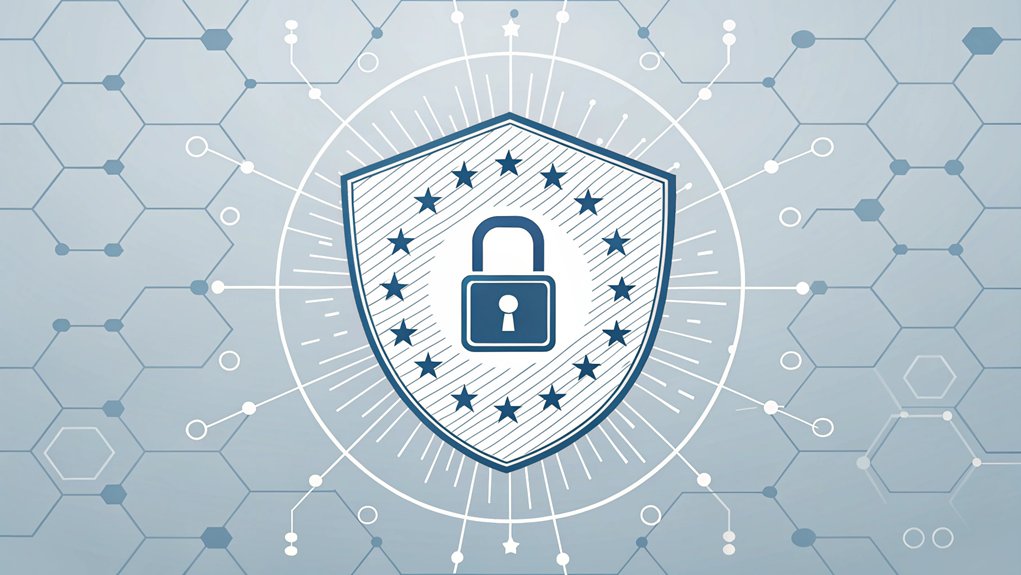
When you play board games, there are different rules for different games, right?
Well, the EU AI Act is like a big rulebook for AI, and it splits AI into four fun categories based on how safe they are!
I like to think of these categories like traffic lights:
Red means stop – these are unacceptable AI that we can't use at all, like AI that tricks people or hurts their feelings.
Yellow means be careful – these are high-risk AI that need lots of checking, like AI in hospitals or schools.
Green with a tiny pause means proceed with caution – these are limited-risk AI that need to be honest about being robots.
And full green means go – these are minimal-risk AI that are super safe, like spam filters in your email!
AI systems that are too dangerous will face six months post-enforcement to completely stop being used.
Key Criteria for High-Risk AI Classification
Just like superheroes need special powers to save the day, high-risk AI systems have special rules to keep everyone safe! Let me tell you what makes an AI system "high-risk" – it's super interesting!
Have you ever played with toys that have safety warnings? Well, AI that helps control important stuff like medical devices or things that keep our cities running needs extra special care. The EU AI Office helps make sure these systems stay safe.
When AI helps decide things about people – like who gets a job or a loan – it's also considered high-risk. Think of it like a playground with safety rules!
I check these AI systems carefully, just like a security guard at a superhero base. They need to pass special tests and follow strict rules before they can join the team. Pretty cool, right?
Essential Obligations for High-Risk AI Systems
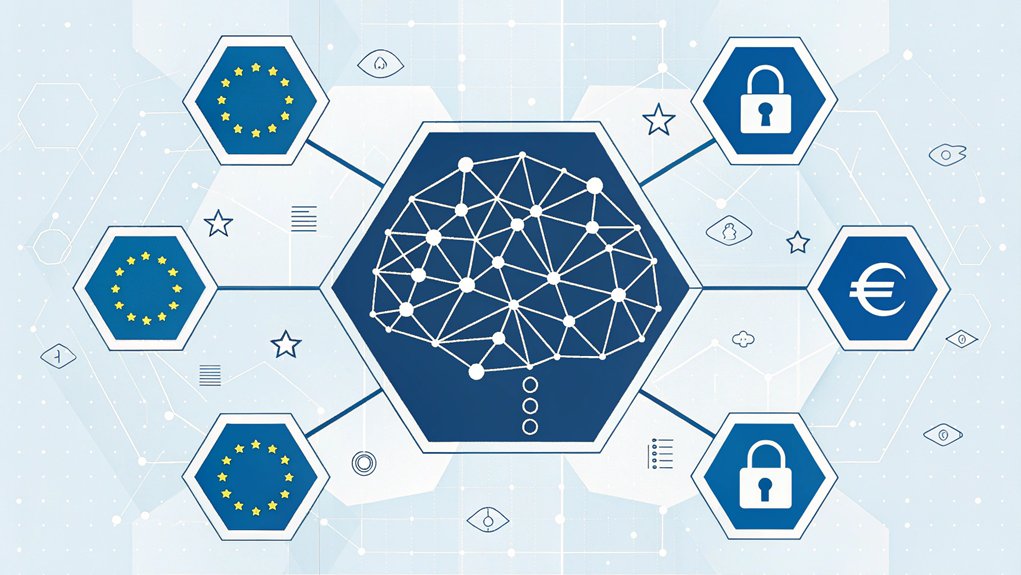
Now that we recognize what makes AI systems high-risk, let's look at the super important rules they've to follow!
Think of these rules like a safety checklist before going on a big adventure – they help keep everyone safe and happy.
Just like how you check your bike's brakes and helmet before riding, AI systems need special checks too.
Here are the main things they must do:
- Set up safety plans to catch problems early (like how you look both ways before crossing!)
- Keep detailed records of how the AI works (kind of like your homework folder)
- Get a special "CE" sticker that shows it's safe (similar to safety tags on toys)
- Have real people watching over the AI (just like teachers watching at recess)
Isn't it cool how AI needs safety rules just like we do?
The system must achieve appropriate levels of accuracy and robustness while operating consistently throughout its lifetime.
Exemptions From High-Risk AI Status
While some AI systems need lots of safety rules, others are more like friendly calculator apps – they're so simple and safe that they don't need all those extra checks!
You know how some games on your tablet just help you learn math or draw pictures? Those kinds of AI systems usually don't need super strict rules. I like to think of them as the "safe playmates" of the AI world!
But here's the catch – to be exempt (that means "not included"), these AI systems can't do anything risky. They can't make big decisions about people or cause any harm. The AI Act requires mandatory risk assessments for systems that could affect safety or fundamental rights.
Just like how you need permission to go to recess, AI makers need to show their system is safe before they can skip the strict rules.
Stakeholder Roles and Responsibilities
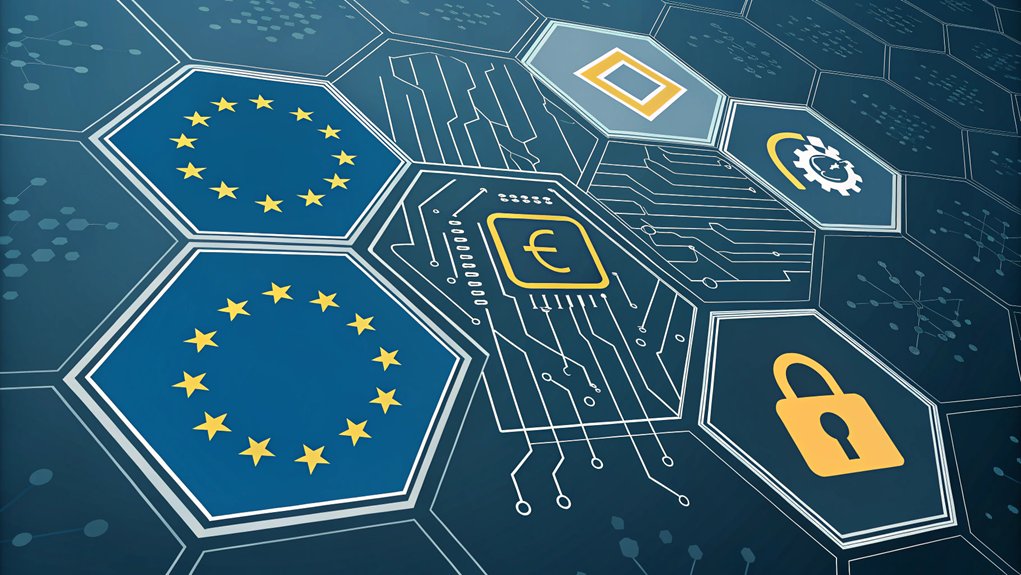
Everyone who works with AI has a special job to do, like players on a sports team!
Think of it like a big game where everyone needs to work together to keep AI safe and helpful. You know how in soccer some players defend while others score goals? It's just like that with AI!
Let me show you the main players and their cool jobs:
- AI Providers are like team captains – they make sure the AI follows all the rules.
- AI Users are like referees – they watch carefully and stop anything dangerous.
- Distributors and Importers are like equipment managers – they check if everything's safe.
- Public Authorities are like coaches – they teach everyone how to play by the rules.
Isn't it amazing how everyone works together? Just like your favorite sports team!
The most serious players must get their systems checked by third-party assessors before joining the game.
Compliance Requirements and Documentation
Let's talk about keeping AI safe and following the rules – it's like having a checklist before going on a super fun adventure! Just like when you pack your backpack for school, AI companies need to make sure they've got everything ready.
First, they need a special safety plan (I call it a "risk manager") that watches out for problems. Then, they collect good data – it's like picking only the freshest ingredients for a yummy cake!
They also write down everything they do, just like keeping a diary. Have you ever made step-by-step instructions for your favorite game? That's what AI makers do too! They must follow EU standards when writing their instructions.
The best part? They update their notes all the time, like updating your high score in a video game!
Penalties and Consequences of Non-Compliance
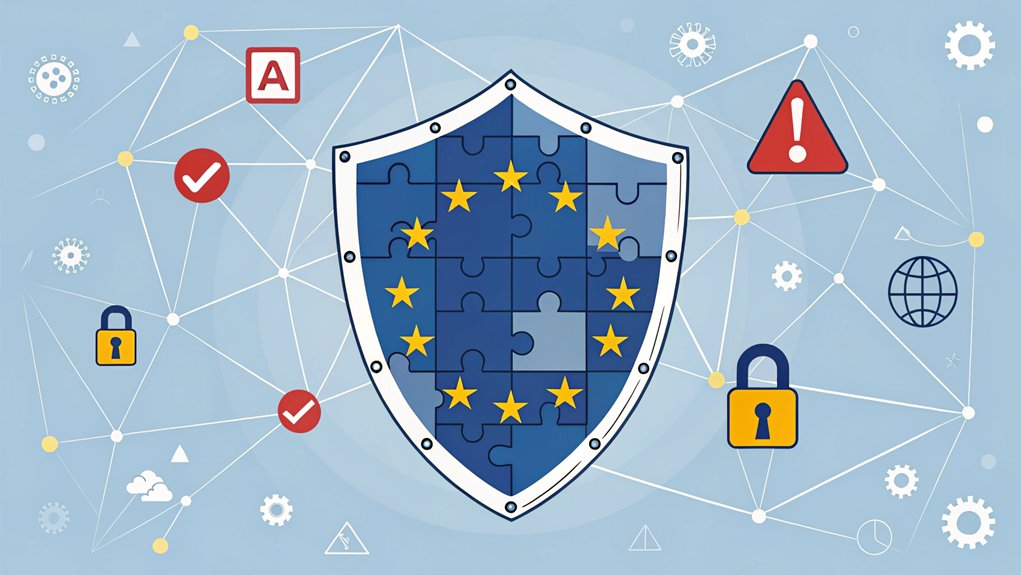
Making sure AI follows the rules is super important – like when your mom says "no running in the house!"
If someone breaks these AI rules, they'll have to pay big fines, just like getting a time-out but with money instead.
Want to know how much trouble companies can get into? Here are the biggest fines they might've to pay:
- Up to 35 million euros (that's like buying 7 million ice cream cones!) if they break the really big rules
- Up to 15 million euros for not following important safety steps
- Up to 7.5 million euros for fibbing about their AI (just like when someone doesn't tell the truth about eating cookies)
- Special rules for smaller companies so they don't get in too much trouble
The punishments depend on whether companies did something wrong on purpose or by accident.
Have you ever had to follow strict rules?
These AI rules are kind of like that, but for giant computers!
Looking Ahead: Future of High-Risk AI Regulation
When I look into my crystal ball to see the future of AI rules, I imagine a world where robots and computers get even smarter! You know how we update our games to make them better? That's exactly what's happening with AI rules!
The EU's plan is super cool – they're making sure AI stays safe as it grows, just like how your parents watch over you at the playground. The new rules require a strict quality management system for monitoring potential risks.
I bet you're wondering what's coming next? Well, we'll see more rules about AI in schools, jobs, and even helping police officers!
And guess what? These rules might spread around the whole world, like a giant game of follow-the-leader!
What's really exciting is that we'll all work together to make AI better and safer. Isn't that amazing?
Frequently Asked Questions
How Long Does It Take to Complete a High-Risk AI Conformity Assessment?
The time to complete a high-risk AI conformity assessment isn't fixed – it's kind of like baking a cake, where different recipes take different times!
I'd say it usually takes between 3-6 months, depending on how complex your AI system is.
You'll need to check lots of things, like making sure your data is good and your system is safe.
It's like doing a big safety check before launching a rocket!
Can Non-Eu Companies Obtain Certification for High-Risk AI Systems?
Yes, non-EU companies can definitely get certified to sell their high-risk AI in Europe!
I'll walk you through it. You'll need to follow the same rules as European companies – kind of like following a recipe.
You'll have experts check your AI system, just like having a teacher grade your homework.
Once you pass all the tests, you'll get a special "CE" mark – it's like a gold star showing you did everything right!
What Happens if an AI System Changes Risk Category After Deployment?
When an AI system changes its risk category, I've got to spring into action!
First, I'll need to check if it meets the new rules – kind of like getting a health check-up.
I'll update all the safety measures and let everyone know about the changes.
If it moves to high-risk, I'll need special approval from experts.
Think of it like upgrading your bike helmet for bigger adventures!
Are There Special Provisions for High-Risk AI Systems in Research?
Yes, I'll tell you about special rules for high-risk AI in research!
The EU AI Act lets researchers use high-risk AI systems with fewer restrictions, but only in controlled settings where they can't harm people.
Think of it like testing a new toy – you'd want to try it in a safe place first, right?
They still need to be transparent about what they're doing and keep detailed records of their work.
How Frequently Must Providers Update Risk Assessments for High-Risk AI Systems?
I'll tell you how often providers need to check their AI risks!
They must update their risk assessments all the time – it's like keeping an eye on your bike to make sure it's safe.
When they change something in the AI, they need to check again.
If they learn new stuff that could affect safety, they update right away.
They also need to watch how people use their AI and keep checking for any new problems.
The Bottom Line
The EU AI Act's emphasis on safety and regulation highlights the importance of protecting individuals in our increasingly digital world. Just as traffic lights guide safe movement, we too need tools to safeguard our personal information. One crucial aspect of security is password management. With the rise of AI and cyber threats, managing your passwords effectively is more important than ever. Utilizing a password manager can simplify this process, ensuring your accounts remain secure and accessible. Don't leave your personal information vulnerable! Take control of your online security today by signing up for a free account at LogMeOnce. Protecting your digital identity is essential in this evolving technological landscape, and with the right tools, you can navigate safely. Join the movement towards better digital security and empower yourself against potential threats. Sign up now to secure your future!

Mark, armed with a Bachelor’s degree in Computer Science, is a dynamic force in our digital marketing team. His profound understanding of technology, combined with his expertise in various facets of digital marketing, writing skills makes him a unique and valuable asset in the ever-evolving digital landscape.





 Password Manager
Password Manager
 Identity Theft Protection
Identity Theft Protection

 Team / Business
Team / Business
 Enterprise
Enterprise
 MSP
MSP
